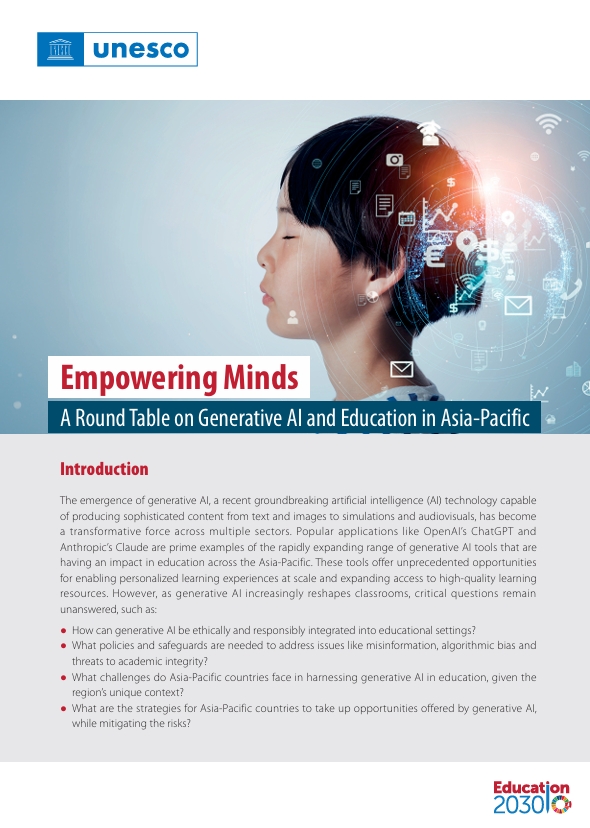By Marie desJardins | 07 February 2018
Like most students at the time, I did not have access to computer science classes when I attended Wilde Lake High School in Columbia during the 1980s. I only stumbled upon the field when my high school math teacher recommended that I take a FORTRAN programming course at Howard Community College. I quickly learned that programming was like nothing I had experienced in school before. Whenever I finally solved a problem, there was a deeply satisfying “aha!” moment.
As a result, I studied computer science at Harvard and received my Ph.D. in the field from the University of California, Berkeley. Nearly four decades after I took that first FORTRAN class, I’m a professor of computer science and associate dean at the University of Maryland, Baltimore County.
I was fortunate to have found my passion, even though computer science was not taught at my school. The unfortunate fact is that most K-12 schools still do not teach computer science, and most of today’s high school and college students — particularly women — have still had little or no exposure to computational thinking, coding or computer science. There are certainly many students who would make great computer scientists, or who could leverage computing skills to achieve success in any number of other fields, who never take a single related class. Even in Maryland, one of the most technologically advanced states in the nation, only 14 percent of students take a computer science class in high school, and nearly half of the public high schools do not offer any AP computer science classes.
According to the Bureau of Labor Statistics, 45 percent of all jobs in science, technology, engineering and mathematics are now in computer science and information technology. The need for computer science and computational thinking skills is becoming pervasive not just in the world of software engineers, but in fields as varied as finance, design, marketing and public policy. Yet, computing accounted for only 3 percent of college degrees in 2015. Just 18 percent of these degrees went to women, 4 percent to African Americans and 8.4 percent to Hispanics.
All states should introduce their students to computational thinking and computer science during their K-12 education. They should incorporate computer science as a graduation requirement at the high school level. Every student must have a high-quality introduction to computer science that teaches them algorithmic problem solving, how a digital computer operates, and the capabilities and limitations of modern computers.
A new Advanced Placement course, Computer Science Principles (or AP CSP), is designed to achieve exactly these goals. In its first year, it had the largest launch of any AP course in history, with over 50,000 students taking the AP exam last May. More than twice as many women and minorities sat for the AP CSP exam in 2017 as did in 2016. To offer this kind of course broadly, we need a commitment and state-level funding to train and hire teachers who are certified and competent to teach computer science.
For the past six years, I have been working with a diverse team of collaborators and partners across Maryland to build a grassroots effort in support of K-12 computer science education in the state, with significant support in funding from the National Science Foundation. Our “CS Matters in Maryland” project has trained high school teachers in all of the state’s school systems, emphasizing equity and inclusion for all student demographics and all school systems.
If Maryland continues on this path — and if other states follow our example — we’ll soon reach a point at which all students can discover and explore computing disciplines. Stumbling into computer science accidentally will no longer be the primary avenue into the field.






